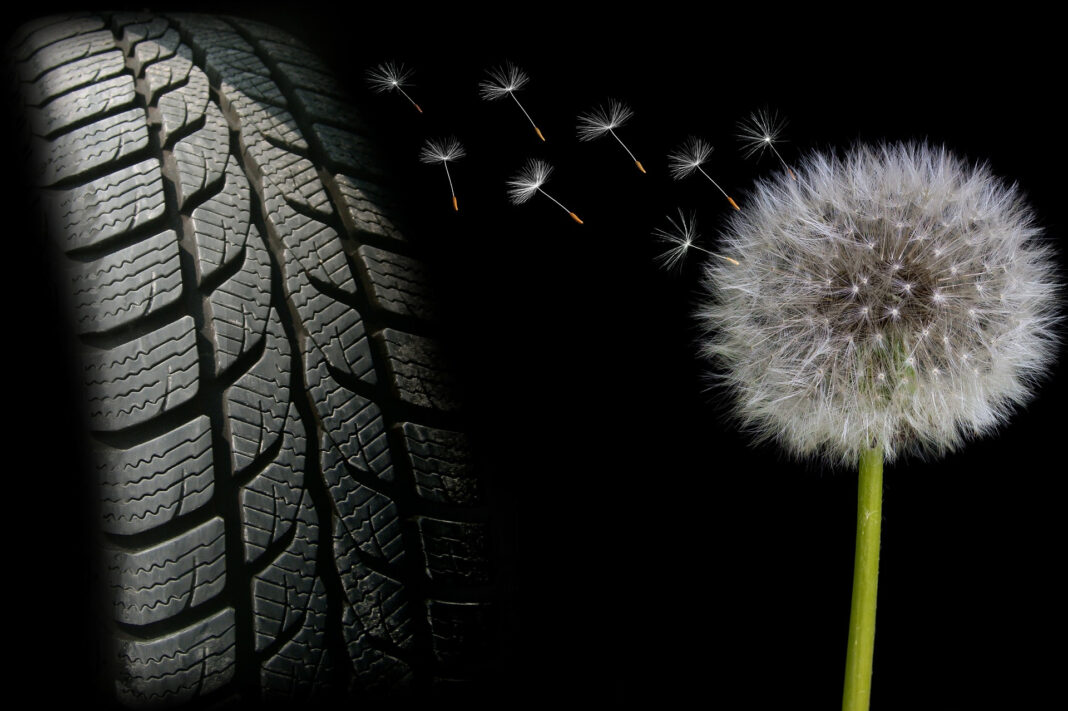Can tires be made of dandelions? During World War II, dandelion tires were made. Nowadays, dandelions are returning to the scene and can once again become one of the main materials for the production of tires.
In the 1930s, Soviet scientists sought a suitable source of rubber to ensure their self-sufficiency. Over 1,000 species of plants have been studied to find an alternative to South American rubber (Hevea brasiliensi). The alternative was eventually found in Kazakhstan.
Russian dandelion
In 1941, the Russian dandelion (Taraxacum koksaghyz) finally became the best material for the production of tires. This dandelion supplied 30% of the USSR with rubber. After the war, the Soviets returned to rubber rubber because it is a cheaper resource. At present, the demand for rubber production material is growing again. The tire industry in particular consumes 70% of the world’s rubber supply. Here, of course, there is a growing interest in other sources of rubber, such as dandelion.
Synthetic and natural rubber
65% of the rubber consumed worldwide comes from fossil fuels. Synthetic rubber is cheaper and more durable. The advantage of natural rubber, in turn, is that it dissipates heat better and has better adhesion. Due to these properties, tires are most often produced as a mixture of natural and synthetic rubber. 90% of natural rubber comes from plantations in Southeast Asia. This area is known for massive deforestation. An alternative material for the production of rubber is therefore sought for commercial and environmental reasons. In addition, Havea rubber trees are susceptible to fungal mold and this makes many rubber manufacturers nervous.
Production of tires from dandelions
There are more and more projects in Europe and the USA that are trying to produce rubber from dandelions again. Continental is one of the well-known manufacturers of dandelion tires. The company collaborated on development with the Fraunhofer Institute of Molecular Biology and Applied Ecology in Aachen, Germany. Dandelion tires are called Taraxagum, after the Latin name for dandelions.
“Continental Tires tested the performance of the material and said that it was brilliant – in some cases better than Hevea rubber,” said Dirk Prüfer, a plant biotechnologist on the Taraxagum team.
Dandelion rubber is also used by a competitor, Apollo.
Apollo was part of the EU-funded DRIVE4EU consortium. It was a project that worked on the entire development of the production chain for dandelion rubber. The advantage of Russian dandelion is that it grows well in almost any climate.
“We cultivated the dandelion in Belgium, the Netherlands and Kazakhstan,” said Ingrid van der Meer, coordinator of DRIVE4EU, adding that other researchers had previously cultivated the crop in Sweden, Germany and the United States.

Ecological production of tires
Russian dandelion is hardy and can grow almost anywhere. “There are big areas like this near Cologne or Aachen that could potentially be used for cultivation,” Prüfer said.
Once the dandelions are harvested “hot-water extraction” is used to separate out the rubber. “The roots are chopped up mechanically and water is added,” van der Meer explained. “It has to be heated up, but no large volumes of chemicals are needed.”
This is in contrast to rubber rubber, where organic solvents must be used. Such a process generates waste that endangers the environment. Conventional tires are also a major source of microplastics. However, using dandelions does not prevent deforestation, as farmers will use the fields for other crops.
The future of dandelions
“The moment natural rubber from the dandelion is available in significant quantities, Apollo will resume using the material and develop other tire products,” chief technical officer Daniele Lorenzetti said.
As things stand, though, the supply chain needs some work. “To compete with other rubbers, the production costs of dandelion rubber need to match the market price. This is not yet the case,” said van der Meer, who will continue working on optimizing Russian dandelion cultivation.
It is not yet certain whether the production of dandelion tires has a great future. However, the demand for rubber is rising and dandelion is being offered as the best material, right after rubber.
Source:
https://www.dw.com/en/could-rubber-from-dandelions-make-tires-more-sustainable/a-56766389
Image credit: Pixabay.com, Wageningen University & Research

















